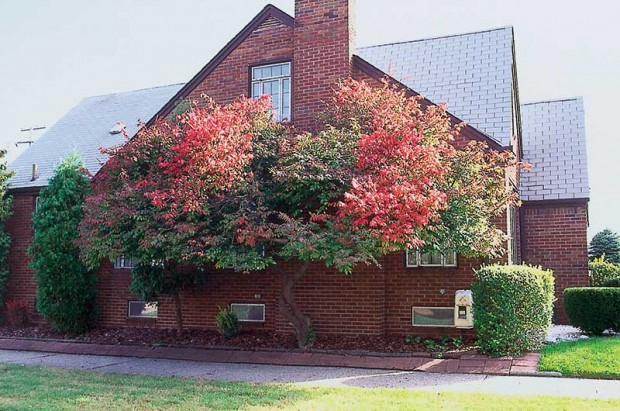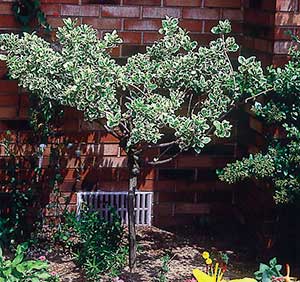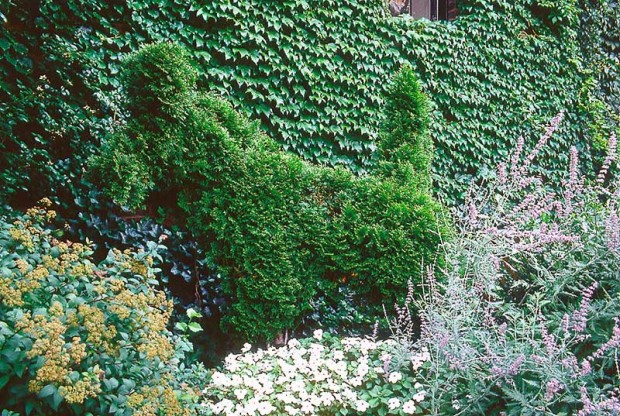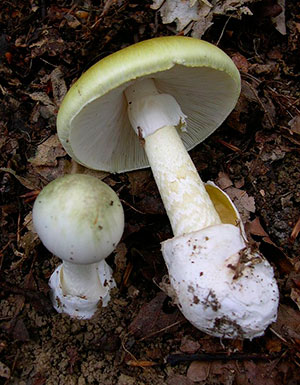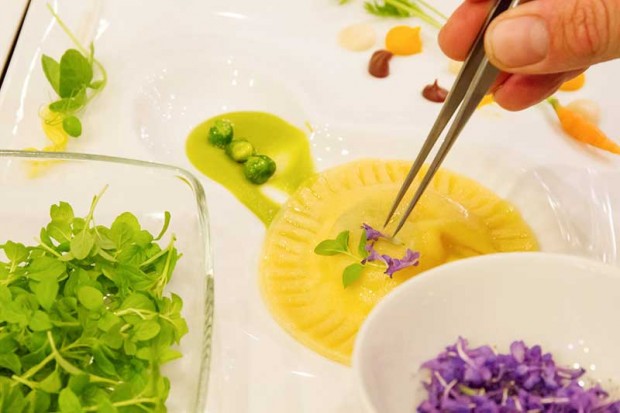My husband and I put a lot of effort into making gardening decisions that are best for both our immediate environment and the global environment. We have heard that the manufacturing of peat moss is stripping rainforests of essential nutrients. We don’t know if this applies to Canadian peat, sphagnum peat and/or Michigan peat. Can you help us sort this out so we can make informed decisions?
Like other natural resource sectors, the harvesting of peat moss around the world has attracted the interest of concerned environmental groups, governments and the public. Rainforests and peat swamps in South America, Southeast Asia, the Pacific and Africa are clear-cut and burned. This is not for the purpose of harvesting peat, but to make way for soy and palm oil plantations. In Ireland and Great Britain, peat bogs are in danger of disappearing. The problem there is exacerbated by the relatively small acreage of peatlands, and by development, agricultural use, and the commercial harvesting of peat for fuel. Many conservationists, gardeners, and wetlands scientists in these countries have recommended a boycott of horticultural peat.
In the United States, peat moss is harvested in Indiana, Florida, Illinois, Michigan, and Minnesota, but most of the peat Americans use (about 98 percent) comes from Canada, which boasts 270 million acres of peatlands. Canada harvests some 40,000 acres of sphagnum and exports 90 percent of it to the United States for lawn and garden use. Canadian peat is mainly partially decomposed remains of sphagnum moss, but may also include other marshland vegetation: trees, grasses, sedges, etc. As it grows, the lower parts of sphagnum die and are buried beneath the new growth; eventually, the dead moss is compacted and deprived of oxygen by the weight above it and forms peat, a dense vegetable mud. This mat of dead and living sphagnum literally supports the plant life of the bog. If sphagnum moss is not cut out completely, it will slowly grow back. This process can take at least 5 to 25 years.
The majority of companies involved in this industry, through their association with the Canadian Sphagnum Peat Moss Association, have articulated a policy for the preservation of environmentally sensitive peatlands and for site restoration or reclamation of harvested sites. The policy urges peat producers to manage peatland after their use, including restoration of harvested bogs to a functioning peatland when harvesting is finished.
Peat produced in the United States is mainly reed-sedge peat. Although Michigan has an abundance of peatlands, it is not widely harvested. We have very strict laws and regulations to protect wetlands and the flora and fauna they sustain. Michigan peat is really a decomposed sedge grass. Canadian peat is acidic. Often, Michigan peat is not. Most Michigan peat comes from dredging or digging in areas that were once wet. Canadian peat is fibrous while Michigan peat is made of very small particles that can compact. Michigan peat is difficult to get wet initially and is difficult to get dry when it does get wet. If used on the top of a soil surface, it erodes with rains and blows away when dry. If you are trying to acidify soil for the planting of rhododendrons, azaleas, blueberries, holly, pieris or other plants that need a low pH, use Canadian.
Can gardeners use Canadian peat without feeling guilty? A Cornell University Web site recommends conservative use, relying on compost and manure as sources of organic matter for garden soil. Although it’s better at holding water and doesn’t compact, peat moss is nutrient poor and lacks compost’s beneficial microorganisms. Compost is incredibly important because of the nutrients jam-packed into it. When you combine both peat moss and compost you get an excellent mix. Peat moss restructures the soil and compost provides the nutrients. By blending the two together you’ll reduce the use of peat and the compost’s tendency to compact the soil and thus allow more air, water and nutrients to reach plant roots.

